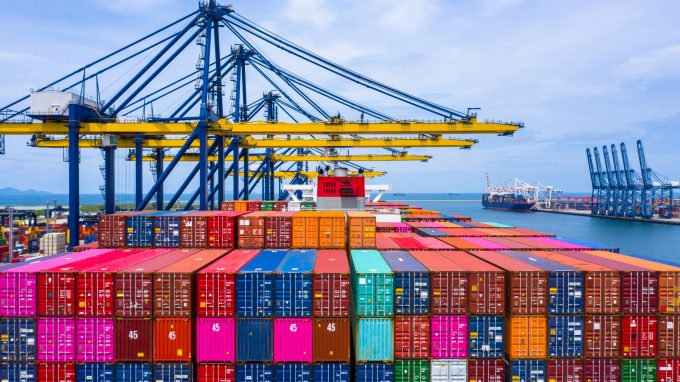Gemini Cooperation carriers steam ahead of rivals in reliability stakes
Ocean carriers “need a big nudge” to get their global on-time performance (OTP) back to ...

Ocean carriers do not expect consumer demand in North Europe to recover until at least March, when they hope container freight rates from Asia will also rebound.
Low rates, down to $750 per 20ft and $1,000 per 40ft from China to North European ports, are being touted in the market either directly through local carrier offices, or via forwarding agents, valid until 1 March.
Moreover, for the immediate period after the Chinese New Year, when cargo prospects are looking particularly soft, one ...
Maersk u-turn as port congestion increases across Northern Europe
Apple logistics chief Gal Dayan quits to join forwarding group
Maersk Air Cargo sees volumes fall as it aims for 'margin in favour of revenue'
Airlines slash freighter capacity post-de minimis, but 'the worst is yet to come'
Houthis tell Trump they will end attacks on Red Sea shipping
Transpac rates hold firm as capacity is diverted to Asia-Europe lanes
MSC revamps east-west network as alliance strategies on blanking vary
India-Pakistan 'tit-for-tat' cargo ban sparks sudden supply chain shocks

Comment on this article
Jens Hinge
January 13, 2023 at 4:41 pm“Ocean carriers do not expect consumer demand in North Europe to recover until at least March, when they hope container freight rates from Asia will also rebound”
If accurately reported, it is thoroughly disappointing that ocean carriers include “hope” in their business plans – as if they have no say in where the rates are. Once would have thought that after the experience of the past couple of years, carriers might have matured their thinking to the point of not accepting non-compensatory rates,